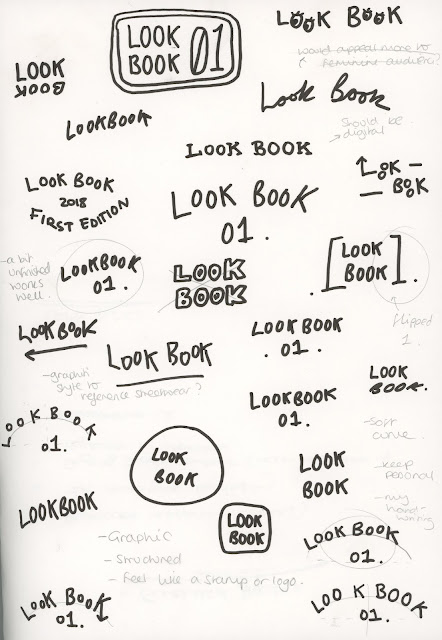Extended practice has been a challenging module, balancing the work between what I need to be doing in the creative industries so much as my personal styling practice. The fusion between extended practice and the working world has allowed me to use paid jobs for the module, making the practice not just restricted to a classroom environment. At the start of the year I found balancing university work and Leeds RAG Fashion Show
Working with photographers has been extremely enjoyable throughout the whole 8 months. Working with images has been enjoyable as it lets me indulge personal interests, primarily around documentary and fashion photography.
I stretched myself way too far, actually doing 14 briefs this year, but not taking into account the documentation time of each project. My focus was primarily around fashion editorial and branding, which allowed me to use this time in final year to explore my possible practice within graphic design, developing my skills and becoming more visually literate in terms of layout and typography. The year group as a whole has been really inspiring, with some class members producing excellent work and thus driving a passion to collaborate - both on and off course. The opportunity for collaboration this year has helped me grow as a creative, finding my direction and what really makes me tick in terms of driving productivity.
Working in a team allows the work load to be shared, especially with research, as bouncing feedback and ideas off someone who is as involved in a project as you is much more creatively fufilling. By working with another person you have to meet constant interim deadlines, attend meetings and always be on your phone/emails to discuss issues, which did become tiring after a while.
Collaboration is great because you can benefit from a wide range of skillsets who
The fusion between the extended practice module and PPP had given me as a creative a wider skillset, with the collaborative briefs helping me grow in terms of organisation and professionality, project managing/driving a team and just getting stuff done. I now have both a graphics and a styling portfolio, which broadens employment opportunities especially around fashion magazines or small studio’s with focuses on art direction and fashion marketing. Through the Leeds RAG Fashion Show I have learnt the business process and the need for persistence and organisation which I have applied to my other briefs where possible. It has often been frustrating when my ideas have been shot down, especially with the Unentitled brief, or budget is not a possibility.
There were many briefs this year, mainly the Yearbook brief where I felt overpowered in the group, especially as Ben and Rob have such a close collaborative relationship. In order to be heard, I did feel like I was slightly annoying at times which is something I want to work on, but hope I did make a difference within the group.
There are still many areas to improve Managing work loads and stress - LRFS helped greatly with this as it thrust me into high pressured situations.
Giving myself extended time for unexpected things to occur - my time plan was initially compromised by LRFS taking up so much attention, and opportunities such as shooting with photographers and assisting at Wonderland Magazine meant my focus was not always on the module.
I have learnt that when I’m stressed, I try and multi-task but that is not the best thing to do as the quality suffers.
I have spent a lot of time in the library this year, looking through books, learning about the phillosophy of design and how to articulate creative works, although this still needs massive improvement.
I need to start staying no to people, and to work, as I have been working for free on bigger projects than some people whom I’ve spoken to have done, and they got paid. In order to become a freelancer I need to stop thinking of myself as a student, which may be evident when looking at extended practice and my lack of specific focus on graphic design. To me, graphics is communication and the networks associated with graphics
I need to start staying no to people, and to work, as I have been working for free on bigger projects than some people whom I’ve spoken to have done, and they got paid. In order to become a freelancer I need to stop thinking of myself as a student, which may be evident when looking at extended practice and my lack of specific focus on graphic design. To me, graphics is communication and the networks associated with graphics










































































